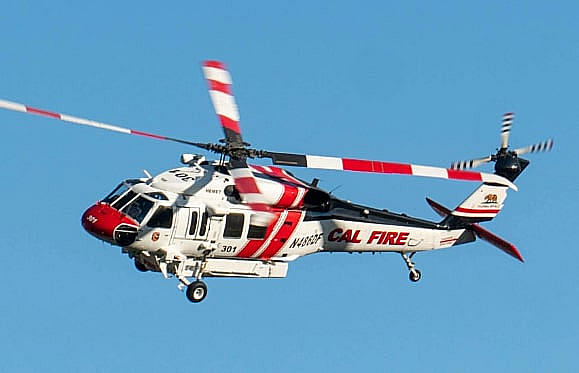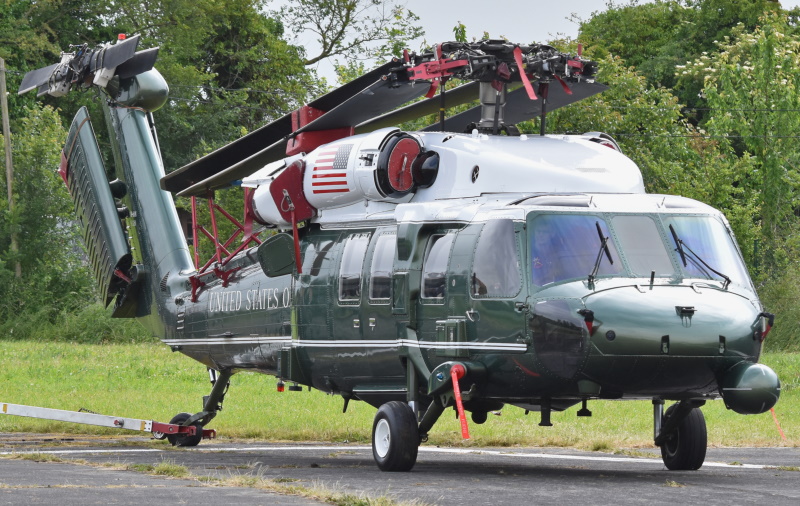Rotary-Wing Airplane Offering Superior Toughness and Precision Design
In the realm of air travel, rotary-wing airplane have long been acknowledged for their unique abilities in numerous operational atmospheres. From army missions to private applications, the advancement of rotary-wing technology has actually led the way for makers that offer unequaled resilience and accuracy design. Through improvements in products and construction methods, paired with innovative flight control systems, these aircraft have ended up being indispensable tools for jobs that require both robustness and accuracy. As we check out the detailed balance between advancement and reliability in rotary-wing aircraft, it ends up being obvious that the merging of advanced innovation and tried and tested layout concepts has actually set a new standard for performance and effectiveness in the aerospace market.
Advancement of Rotary-Wing Technology
Throughout the history of aviation, the development of rotary-wing technology has been a testament to continual development and development in aeronautical engineering. From the early days of upright trip with fundamental styles to the sophisticated helicopters and various other rotary-wing airplane of today, the progress in this field has actually been amazing.
In the early 1900s, leaders like Igor Sikorsky and Juan de la Cierva made substantial strides in rotary-wing modern technology. Sikorsky's VS-300 helicopter, first flown in 1939, noted a zero hour in the development of useful rotary-wing airplane. This success led the way for additional developments in upright trip capacities.

Today, rotary-wing aircraft play critical duties in different fields, consisting of armed forces procedures, emergency situation clinical solutions, law enforcement, and industrial transport. The advancement of rotary-wing modern technology remains to press the limits of what is possible in upright flight, ensuring that these aircraft stay vital assets in the aviation sector.
Materials and Construction Innovations
Showing a combination of cutting-edge products and accurate building techniques, rotary-wing aircraft have actually undertaken considerable improvements in longevity and efficiency. One of the crucial innovations in products used for rotary-wing airplane is the raising application of composite materials.
In addition, the assimilation of innovative finishings and surface treatments has actually played an important function in boosting the durability of rotary-wing airplane. These layers give security versus rust, abrasion, and extreme climate condition, extending the life expectancy of the aircraft and reducing maintenance needs.
In terms of building advancements, additive production, also recognized as 3D printing, has changed the manufacturing of complex elements for rotary-wing airplane. This innovation permits fast prototyping and customization, leading to faster advancement cycles and reduced costs. In general, the continual evolution of products and construction techniques is driving the abilities and efficiency of rotary-wing airplane to new elevations.
Accuracy Flight Control Systems

The assimilation of GPS modern technology better boosts the accuracy and dependability of these systems, enabling for accurate navigation, waypoint monitoring, and automated trip control. sikorsky s 70. This degree of precision not only enhances the safety and security of rotary-wing operations but likewise boosts overall functional effectiveness and mission efficiency
Additionally, the continuous advancements in man-made knowledge and artificial intelligence have facilitated the development of autonomous trip capabilities within Precision Trip Control Systems. This allows rotary-wing airplane to execute intricate missions with unrivaled accuracy and consistency, making them crucial properties in a vast array of applications, including army operations, search and rescue objectives, and aerial photography.
Resilience in Testing Settings
Sought after operational setups, rotary-wing aircraft show exceptional strength and robustness, making sure optimum efficiency under difficult ecological conditions. These airplanes are made to withstand a variety of environmental variables, including severe temperature levels, high winds, and harsh surface, making them appropriate for numerous missions in diverse landscapes.
One vital element adding to the durability of rotary-wing aircraft is their sturdy construction. These airplanes are constructed utilizing premium products web and advanced engineering techniques to improve their architectural honesty and integrity. In addition, elements such as rotor blades, engine systems, and landing equipment are get more diligently made to endure the strains and tensions experienced throughout procedures in challenging atmospheres.
Moreover, rotary-wing airplane are outfitted with sophisticated onboard systems that check efficiency metrics in real-time, permitting positive maintenance and early discovery of prospective issues - sikorsky s 70. This proactive method assists stop unexpected failings and ensures the ongoing airworthiness of the airplane in demanding functional setups. On the whole, the toughness of rotary-wing airplane in tough settings is a testament to their exceptional design and style, making them indispensable assets for various mission-critical operations
Upkeep and Integrity Specifications
The adherence to rigid upkeep and reliability standards is paramount in guaranteeing the optimal performance and safety of rotary-wing aircraft. Normal maintenance checks, performed by certified technicians, are necessary to recognize and attend to any type of potential concerns prior to they jeopardize the aircraft's performance. These checks encompass a thorough exam of all important elements, including the engine, blades system, avionics, and hydraulic systems, to guarantee that they are in prime functioning problem.
Furthermore, adherence to scheduled upkeep periods in accordance with manufacturer standards is critical for supporting the airplane's integrity. This aggressive strategy helps avoid unanticipated malfunctions and makes sure that the airplane stays airworthy for its intended goals. Furthermore, the implementation of durable dependability criteria, such as routine part screening and replacement based on established lifecycles, better improves the aircraft's stability.
Conclusion

In final thought, the improvements in rotary-wing aircraft modern technology have led to exceptional longevity and accuracy design. With innovative products and construction methods, along with precision trip control systems, these aircraft can run in difficult environments with increased integrity. The upkeep and integrity standards guarantee that these rotary-wing aircraft remain to execute at their best, making them vital assets for numerous industries.
Showing a blend of cutting-edge products and precise construction techniques, rotary-wing aircraft have actually undertaken substantial improvements in this content sturdiness and efficiency. One of the key developments in materials used for rotary-wing airplane is the increasing application of composite materials.With precise interest to detail and progressed technological assimilation, rotary-wing aircraft have welcomed Precision Trip Control Equipment as a cornerstone of their functional quality. Overall, the resilience of rotary-wing aircraft in difficult atmospheres is a testimony to their superior engineering and style, making them crucial possessions for different mission-critical procedures.
In final thought, the innovations in rotary-wing airplane innovation have actually led to premium durability and precision engineering.